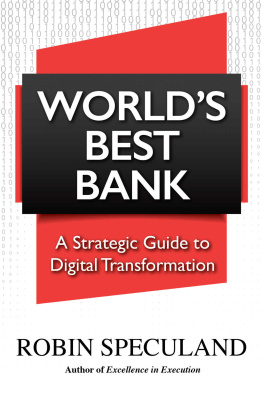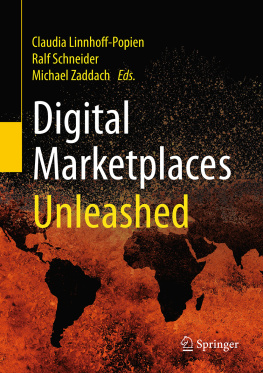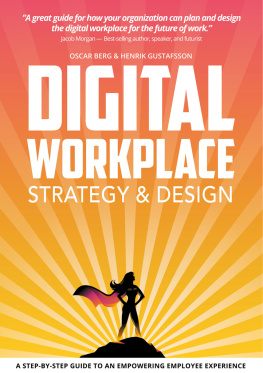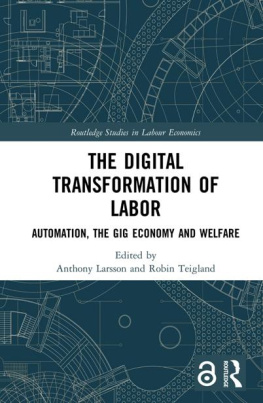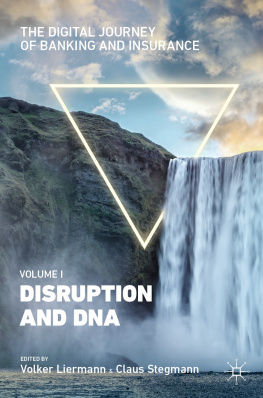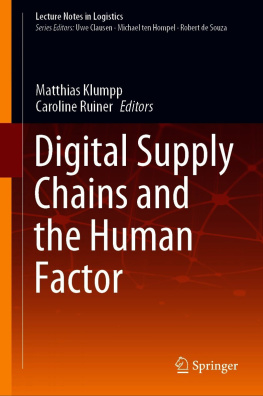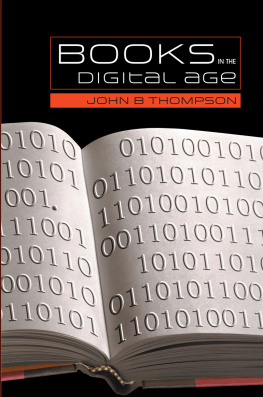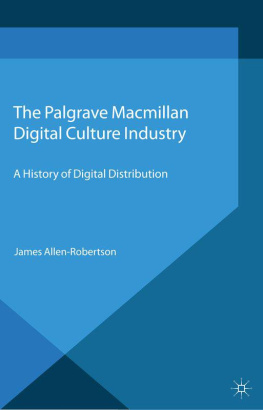Contents
List of Figures
Guide
Pagebreaks of the print version
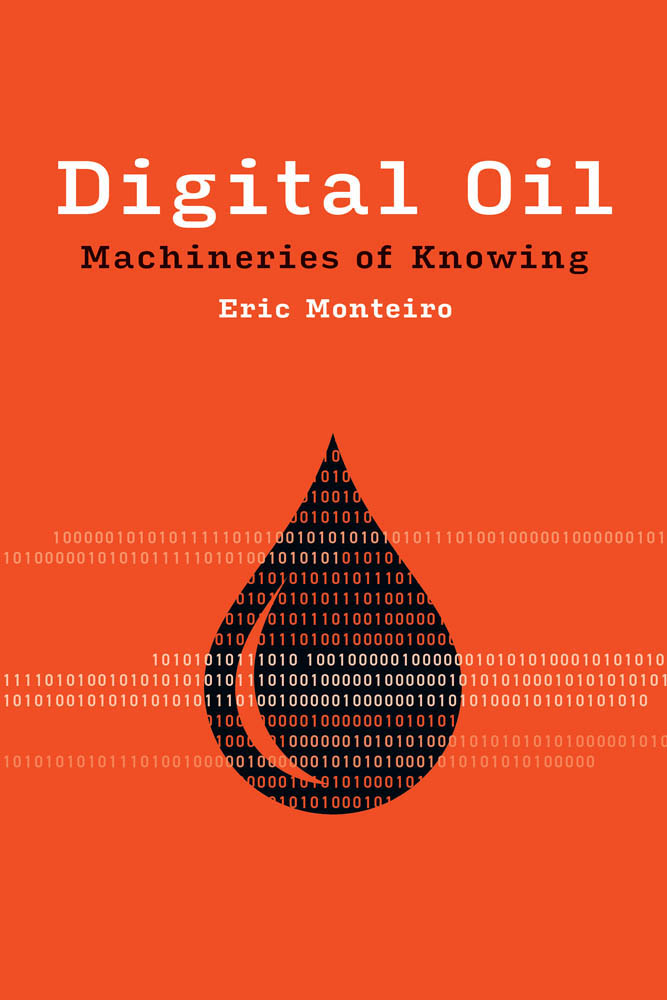
INFRASTRUCTURES SERIES
Edited by Geoffrey C. Bowker and Paul N. Edwards
A list of books in the series appears at the .
DIGITAL OIL
Machineries of Knowing
ERIC MONTEIRO
The MIT Press
Cambridge, Massachusetts
London, England
2022 Massachusetts Institute of Technology
This work is subject to a Creative Commons CC-BY-ND-NC license. Subject to such license, all rights are reserved.

The MIT Press would like to thank the anonymous peer reviewers who provided comments on drafts of this book. The generous work of academic experts is essential for establishing the authority and quality of our publications. We acknowledge with gratitude the contributions of these otherwise uncredited readers.
Library of Congress Cataloging-in-Publication Data
Names: Monteiro, Eric, author.
Title: Digital oil : machineries of knowing / Eric Monteiro.
Description: Cambridge, Massachusetts : The MIT Press, [2022] | Series: Infrastructures. | Includes bibliographical references and index.
Identifiers: LCCN 2022003259 (print) | LCCN 2022003260 (ebook) | ISBN 9780262544672 (paperback) | ISBN 9780262372282 (pdf) | ISBN 9780262372299 (epub)
Subjects: LCSH: Petroleum industry and tradeNorway. | Oil fieldsNorwayData processing. | Oil field equipment and supplies industryNorwayTechnological innovations.
Classification: LCC HD9575.N62 M66 2022 (print) | LCC HD9575.N62 (ebook) | DDC 338.2/72809481dc23/eng/20220124
LC record available at https://lccn.loc.gov/2022003259
LC ebook record available at https://lccn.loc.gov/2022003260
d_r0
Contents
- written with Marius Mikalsen
- written with Marius Mikalsen
- written with Thomas sterlie
- written with Elena Parmiggiani
List of Figures
Work practices in oil: traditional roughneck () versus control room based (bottom
Source:Reproduced by permission from Husmo Foto/Norsk Oljemuseum and Shad B. Martins/Norsk Oljemuseum, respectively.
Subsea installation for oil production.
Source:Reproduced by permission from TechnipFMC and Shell.
Compressor component for subsea factory.
Source:Reproduced by permission from TechnipFMC and Shell.
Map of the oil licenses on the Norwegian continental shelf.
Source:Reproduced by permission from the Norwegian Petroleum Directorate.
A geological trap with the three necessary conditions of a source rock, a migration path, and a seal.
Source:Reproduced by permission from the Norwegian Petroleum Directorate.
Hand-drawn sketches illustrate nondigital tools in geology. Picture is taken from a visit to ageological analogy, an accessible location somewhere else in the world similar in important ways to the area you are principally interested in.
Source:Photo by Irina Pene.
Seismic horizons from the Sleipner field.
Source:Reproduced by permission from the Volve open data set.
Map of seismic surveys on the southern part of the Norwegian continental shelf. The surveys (blue line) are so dense in large areas that they fill the map.
Source:Reproduced by permission from the Norwegian Petroleum Directorate.
Permanent reservoir monitoring of the Johan Sverdrup field. A network of seismic sensors cover about 120 square kilometers of the seabed.
Source:Reproduced by permission from Equinor.
A core sample.
Source:Reproduced by permission from the Norwegian Petroleum Directorate.
A well log.
Source:Reproduced by permission from the Norwegian Petroleum Directorate.
Production data sampled from a few days in April 2014 from the Volve field. The parameter registers include downhole pressure, downhole temperature, average choke size, average weight of mud, bore oil volume, and bore gas volume.
Source:Reproduced by permission from the Volve open data set.
An overview of the funnel model for the life cycle of prospects together with their underpinning data and associated evaluation routines.
Source:Artwork produced by Marius Mikalsen.
Simulation-based geological modeling of an oil reservoir.
Source:Reproduced by permission from the Norne open data set.
Linking well log data (detailed, narrow) with seismic data (crude, broad) by visually linking different rock combinations likely to correspond to each other in the two data sets.
Source:Reproduced by permission from the Volve open data set.
Input to well tie-in where two wells marked 15/919SR and 15/911 are calibrated against the seismic.
Source:Reproduced by permission from the Volve open data set.
Remaining oil reserves relative to initial (100 percent) resources. The size of the circles indicates the size of the reserves.
Source:Reproduced by permission from the Norwegian Petroleum Directorate (2019).
Map of existing seismic surveys completed in the Lofoten-Vesterlen-Senja area. Each straight gray line indicates a seismic survey, and those boxed in purple represent 3D, not just 2D, seismic.
Source:Reproduced by permission from the Norwegian Petroleum Directorate.
Outline of the sea observatory, with a camera installed on a crane on the seafloor in Venus to detect marine resources in the proximity of a coral reef (red rectanglesfigure on the left). Photographs are taken every thirty minutes, transferred via a fiber-optic cable (center), and visualized via a web portal in real time (right
Source:Reproduced by permission from the MAREANO/Institute of Marine Research, Norway. Art design by Elena Parmiggiani
Outline of the web portal developed as part of the Venus project.
Source:Reproduced by permission from the MAREANO/Institute of Marine Research, Norway. Art design by Elena Parmiggiani.
Map of the four different ice edge definitions listed in .
Source:Reproduced by permission from Norsk olje og gass (see Johnsen 2020).
List of Table
A road map for how and where the three aspects of knowing digital oil (objects, modes, and machineries of knowing) are addressed in part II of the book, Cases. Dark gray indicates the main focus, while light gray indicates a supplementary but not main theme.
Summary of the economic significance of oil and gas in Norway along with the number of people employed in the oil and gas industry in Norway.


